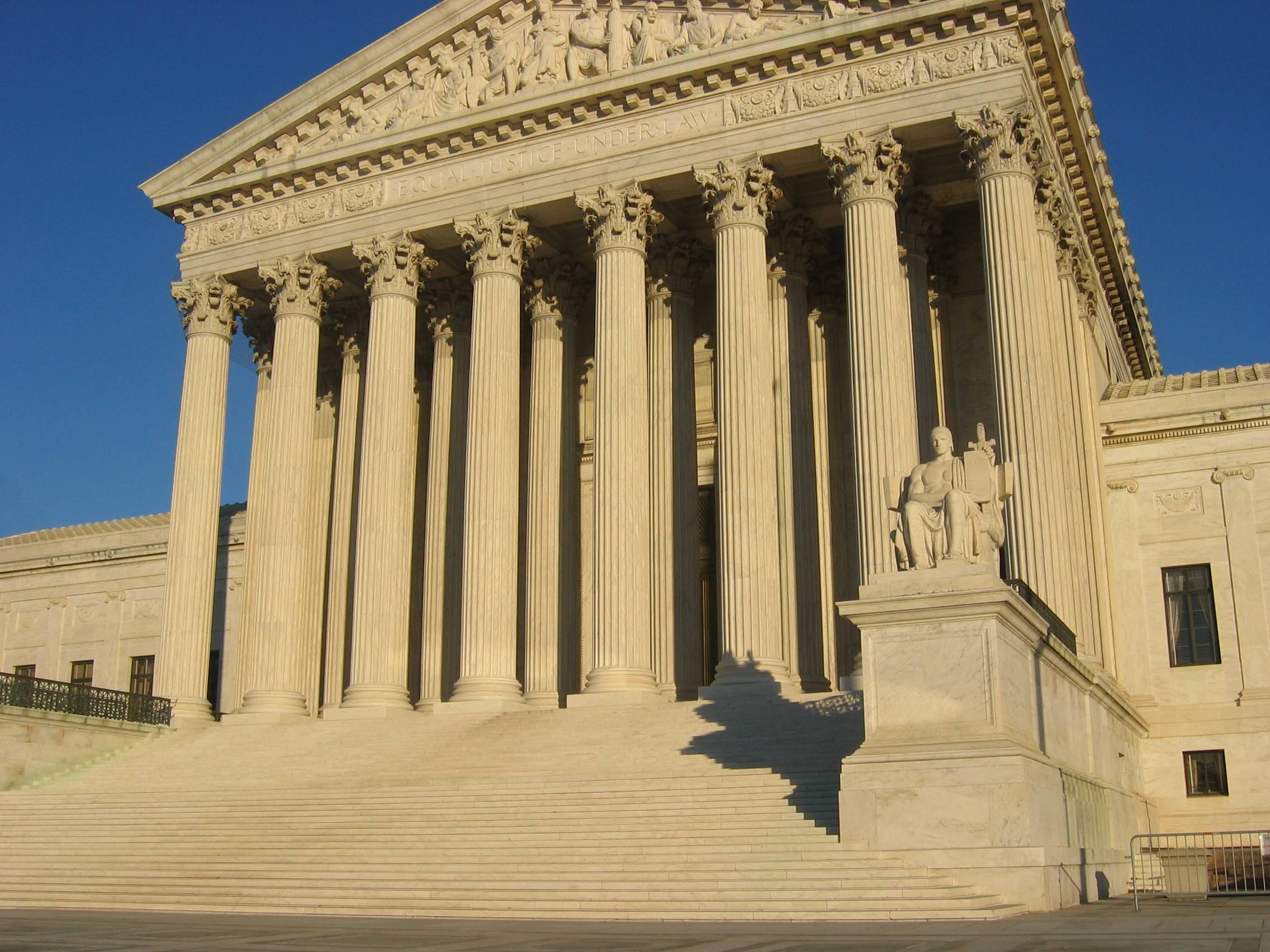 News
NewsThe US Supreme Court on Tuesday agreed to hear arguments about the indirect movement of pollutants through groundwater to navigable waters.
The case, County of Maui v. Hawaii Wildlife Fund, previously made its way through the US Court of Appeals for the Ninth Circuit, where the court was asked to determine whether nonpoint sources of pollution like groundwater should be regulated in the same way as point source origins of pollution. The lower court concluded that a case-by-case test was appropriate. The test used interprets point sources broadly, including traditionally “nonpoint sources like groundwater so long as the pollutants are ‘traceable’ to a point source.”
Two issues were originally included in the petition to the Supreme Court, but only one of these issues will be decided. The Court will consider “Whether the [Clean Water Act] requires a permit when pollutants originate from a point source but are conveyed to navigable waters by a nonpoint source, such as groundwater.”
The Clean Water Act (CWA) is enforced by the US Environmental Protection Agency. The CWA includes statutory provisions that seek to eliminate the discharge of “any pollutant into navigable waters from any point source,” but it is unclear if these regulations extend to indirect methods of travel.
The future holding of this case may serve as important precedent for future CWA cases.

